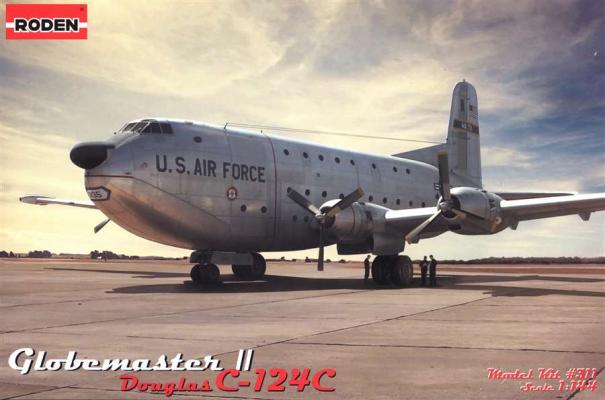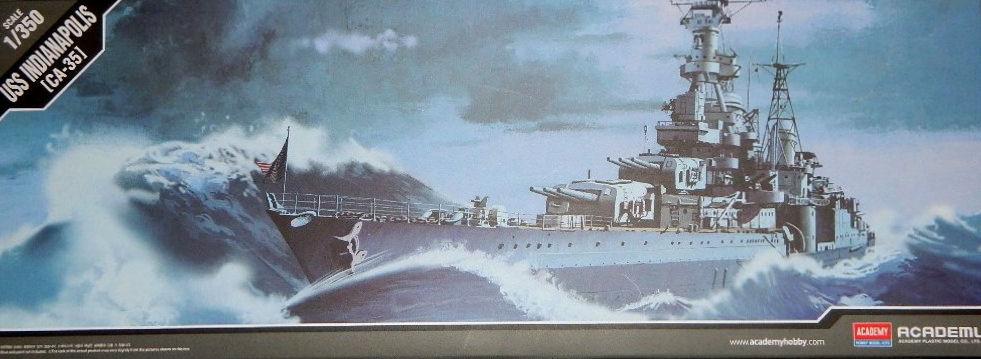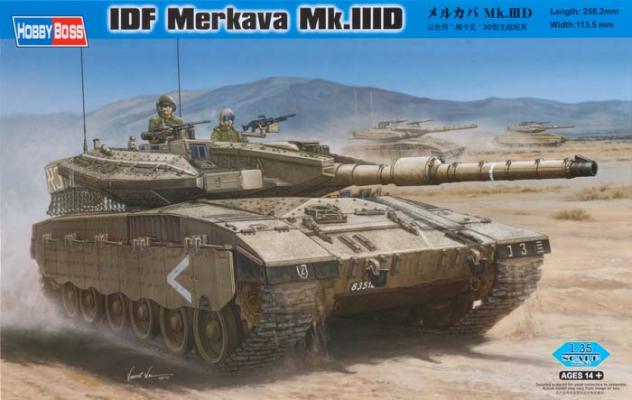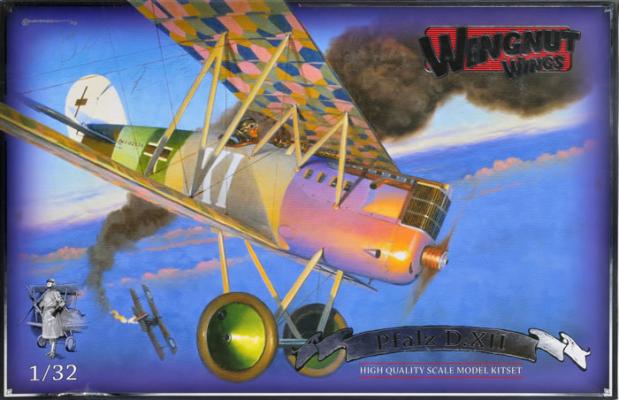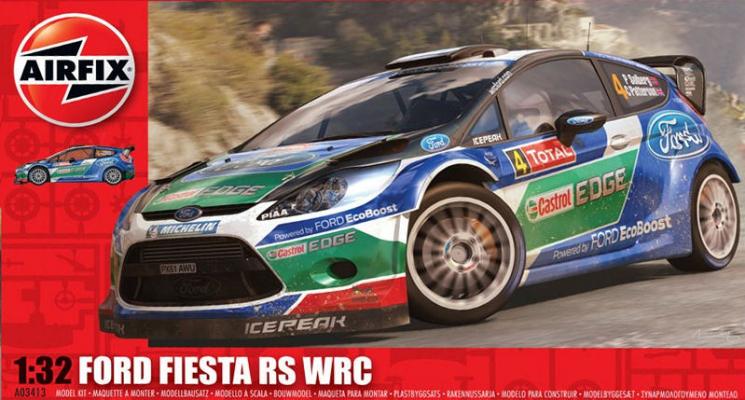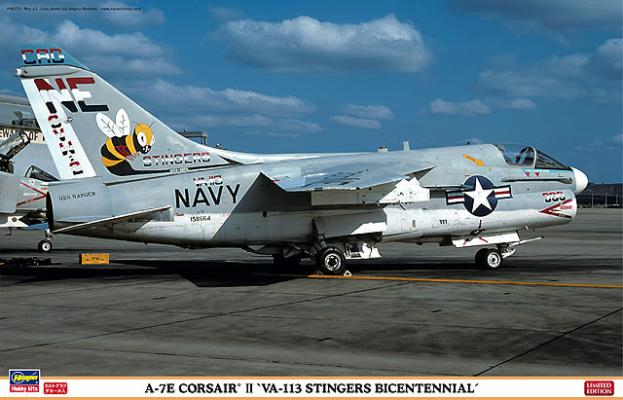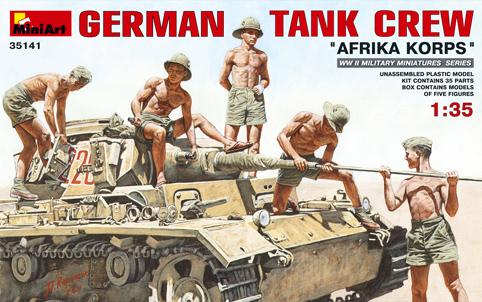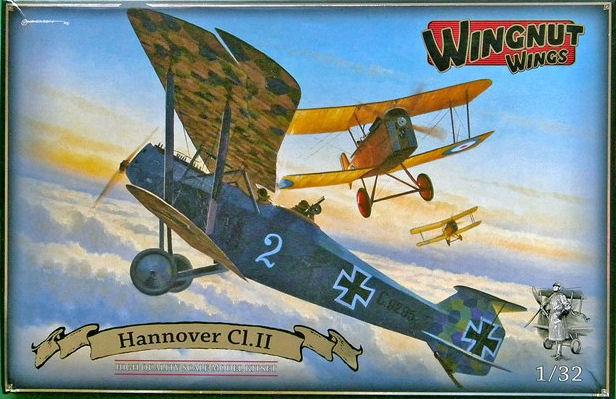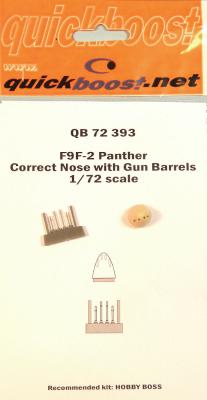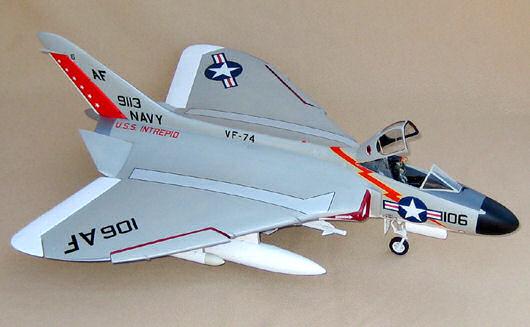The Aircraft
The C-124 Globemaster II was the ultimate piston-powered cargo aircraft. The C-124 entered service in 1950, just in time for the Korean War. Based on the C-74 Globemaster, which first flew just after VJ day, the C-124 used the same wing as the C-74, but the fuselage was enlarged so the C-124 could carry 10 tons more cargo than the C-74.
Based on lessons learned in the Berlin Airlift, the 124 featured clamshell nose doors which allowed drive-in loading of vehicles. Until the advent of the turboprop C-133 in 1957, the C-124 was the only US transport capable of carrying tanks and large trucks.
The C-124 remained in service with the ANG until 1974, the last ones retiring from the 165th Airlift Wing of the Georgia ANG.

